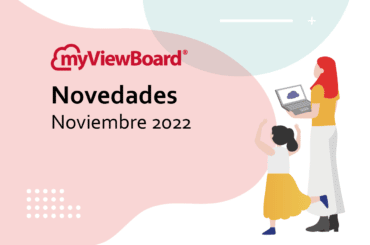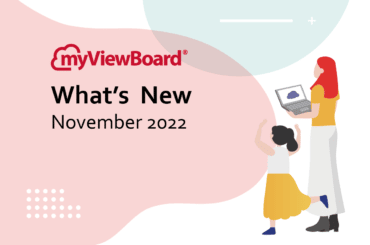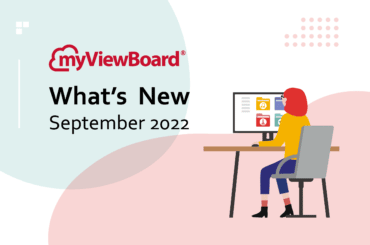Quick Take: The right time to think about the future is the present. Edtech is coming so take an early look at what will be in your classroom soon:
The future of edtech is quite exciting! With so many new edtech coming to education, for example, virtual and augmented reality, robots, virtual classrooms, and online classrooms, what is not to like? You will be surprised but this type of radical change and accelerated innovation in education actually does frighten a few people!
Only a small number of people in the education industry can actually deal with change and if there is one skill that our young children need to learn for their future it is learning to cope with change. It is no surprise that we are living in a technological world that is moving at a phenomenal pace and so to be stuck in one’s ways, without even entertaining trial and error, can create inertia and resistance.
It is better to try and fail than to never try at all.
Taking Virtual Reality and Augmented Reality into the Classroom
One area in which traditional education can make a change is in dabbling with VR and AR immersive learning environments. There are some obvious benefits in leveraging the use of these new innovations particularly in lessons where students are encouraged to fly through space to study the formation of stars or shrink down to inspect the insides of the human anatomy. The possibilities are endless and companies such as Class VR or Agent of Discovery have made leaps and bounds into creating new content for the curriculum. Understandably, the cost is always an issue but it is possible to innovate on a budget and those that are interested in taking VR into their teaching, there is always the option of investing in Google Cardboard. It is a simple, fun and affordable way for students to gain heightened and transformative educational benefits.

The Invasion of Robots in the Classroom
So, what about robots in the classroom? Is there any educational value in bringing in robots into teaching and learning? There is much room for debate here and while countries such as China have adopted artificial robotic assistance with classroom interactions. The UK has yet to decide whether a robot can actually replace a teacher. My personal opinion is that a teacher can never be replaced – they may become very effective facilitators as artificial intelligence advances – but their role as an educator is still paramount in enabling learning.
Robots are there to offer answers not ask questions.
With this in mind however, it is still worth exploring the role of robots in schools and possibly in education. Perhaps, it may be possible to use a robot for more administrative tasks where they can be used as a visitor receptionist as people check in and out of the school. Alternatively, the idea of a robot floating around school disseminating fact-based information to students or quizzing a child for their upcoming tests is quite appealing. However, for now, its greatest use may be for those children who are too ill to attend class themselves. VGo robots are designed to resolve this issue by helping students to attend class from afar. Through an integrated lens on the robot, students can interact with their teacher and friends, while at the same time continue to learn in school.
Are Virtual Classrooms the ‘Classroom’ of the Future?
Virtual classrooms, online learning, or online classrooms for some, are all now emerging from the pipelines. The technology and artificial intelligence that goes with it has advanced so rapidly that educators are now looking to provide students with an education that is tailored to fulfill their needs. Virtual classrooms are still a relatively raw concept and have yet to be tried and tested. Century Tech is testing where AI technology can be used to personalise each student’s learning pathway. Of course, a blended learning approach is still the most desirable path; however, for those students who are not able to receive an education for different reasons, virtual classrooms can become the next best option. Online schools such as The Khan Academy and The University of People (UoP) have started this transformation. For organisations such as UNESCO, virtual classrooms for the masses could help them meet their sustainable educational goals for 2030.
Edtech Transformations of Modern Education
The future of edtech certainly looks bright and has great potential for transforming education. How we choose to embed the technology into our classrooms is up to us as educators but instead of turning a blind eye to it, and dismissing its capability from the very start, it is surely worth a shot of trial and error so that one can assess its impact and value in education.
This post was written by Dr. Neelam Parmar, Ph.D. in Edtech from Kent, UK.
She is the Director of E-learning at Ashford School, UK and a featured educator for ViewSonic. ViewSonic provides digital whiteboard solutions. Click here to learn more about our newest Edtech offerings and speak to a Solutions Experts.





1 Comment
Thanks for a wonderful article on using modern technologies in the classroom and totally agree with you on how the classroom needs to change to digital e-leaning.